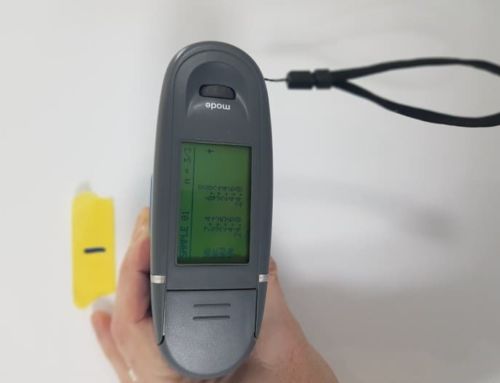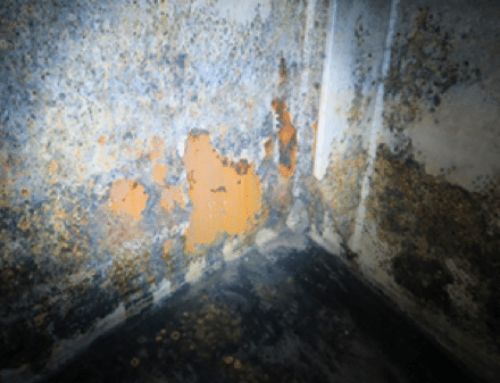Inside in measuring gloss
Established in 1992, the Dutch company, CCS Coating Consultants for Superyachts have 25 years of expertise in superyacht paint solutions. Here, the company gives an insight into how to recognise and measure gloss on your superyacht paint job.

What is gloss?
If you have a superyacht, than gloss is an important aspect of the visual perception how beautiful your yacht is. Surfaces with high reflectance are perceived as glossy, shiny or lustrous, whilst less reflective surfaces are perceived as semi-gloss or matt. The factors involved in visual perception are the surface condition, illumination and the observer.
How can gloss be measured?
Gloss is measured by shining a certain amount of light at a surface and quantifying the reflectance. Gloss can be measured by using an optical instrument called a gloss meter that provides quantifiable gloss measurements, expressed as gloss units (GU).
Choosing the correct angle for gloss measurement
Gloss measurement is based on the amount of light reflected on the surface relative to a polished glass reference standard. The amount of light that is reflected on the surface is dependent on the angle of incidence and the properties of the surface.
Gloss is mainly categorized as either matt, semi or high gloss. In order to determine the most appropriate measurement angle start with a glossmeter set at a 60° angle of incidence in accordance with the ISO 2813 Gloss standard.
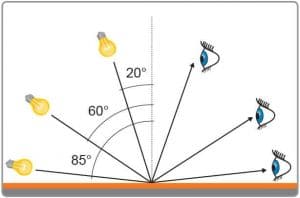
Gloss Range 60° value Measure with
High Gloss > 70GU 20°
Semi Gloss 10 – 70GU 60°
Low/ Matt < 10GU 85°
The yacht industry decided that the measurement of high glossy surfaces are carried out by an angle of 60º to determine the deterioration of the gloss level to be able to compare the values with measurements taken after a period of for instance 2 years.
However, it should be mentioned that the accuracy of the device when using the 60° angle will less when measuring results greater than 85 GU and lower than 10 GU. If an accurate GU value is required, f.e. as states reading at delivery, ‘high gloss’ surfaces should be measured using the 20° angle and low/matt surfaces using the 85° angle.
High Gloss
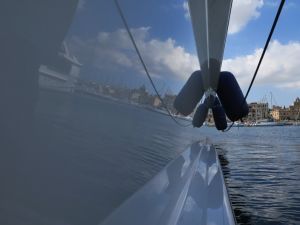 Surfaces with a brilliant or highly polished finish reflect images clearly. This distinct reflection is caused by the incident light reflecting on the surface in a specular direction.
Surfaces with a brilliant or highly polished finish reflect images clearly. This distinct reflection is caused by the incident light reflecting on the surface in a specular direction.

Semi & Matt Gloss
 Semi and matt surfaces reflect images less distinctly and with reduced intensity. On semi or matt surfaces light not only reflects in a specular direction but also is scattered causing the reflected image to appear diffused.
Semi and matt surfaces reflect images less distinctly and with reduced intensity. On semi or matt surfaces light not only reflects in a specular direction but also is scattered causing the reflected image to appear diffused.
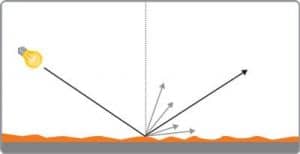
Gloss measurement on superyachts
Care must be taken that gloss readings are taken from a variety of areas and that a statistically suitable number of readings are taken to give some significance to the results. A 50-metre superyacht would, for example, require up to 250 readings.
Measurements should be taken properly scattered over the horizontal and vertical surfaces. In the yacht industry, the measurement of high glossy surfaces is carried out by an angle of 60º instead of the specified 20º. This to be able to compare the values with measurements taken when degradation of the finish coat takes place after a period of for instance 2 years.
To hear more about CCS and the services they offer, or to make an enquiry, head to the contact us page.
This article was written on November 16, 2017 by Georgia Tindale and published on Superyachtcompany.com



